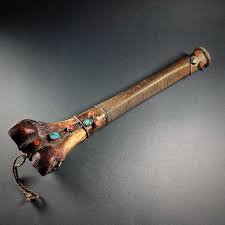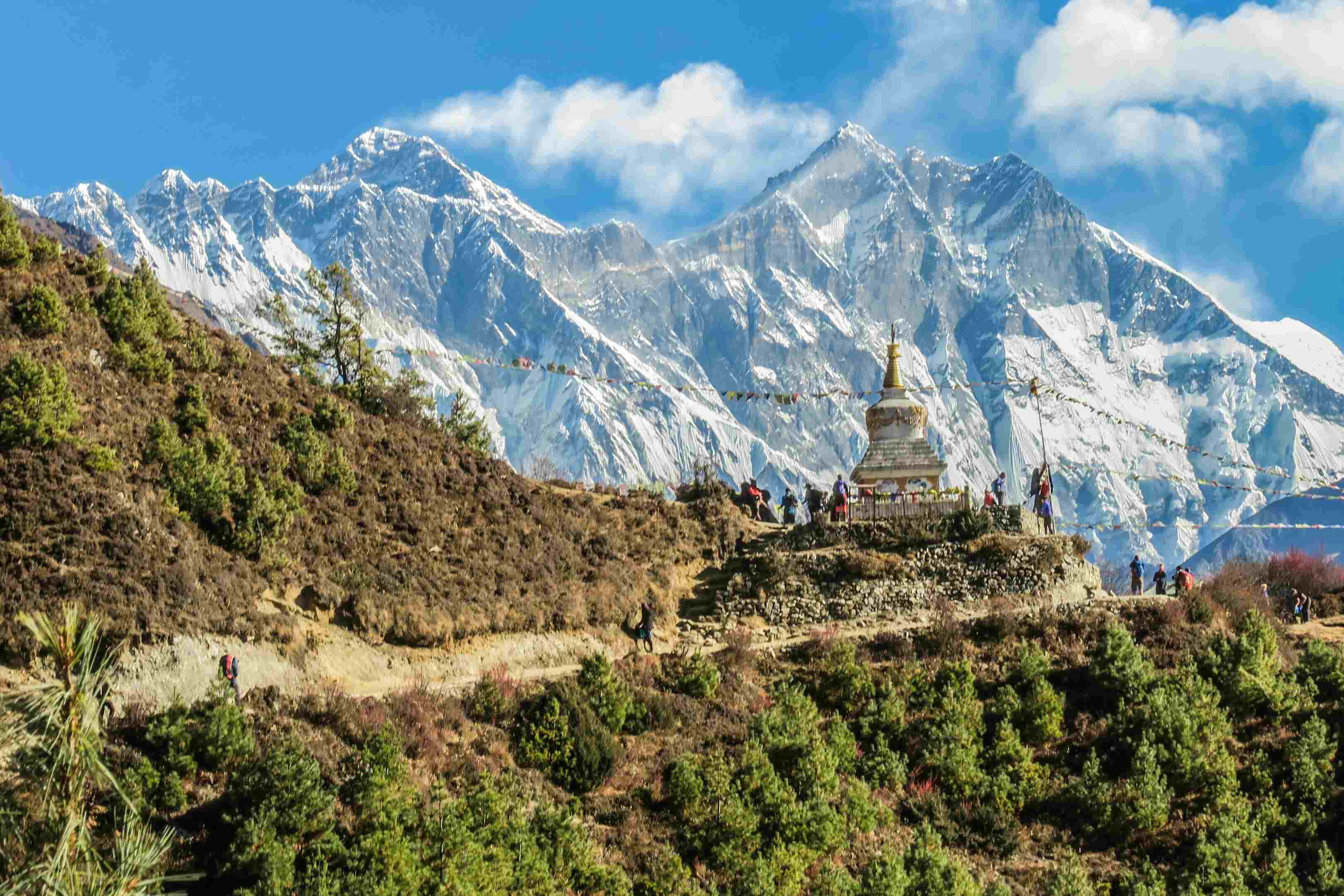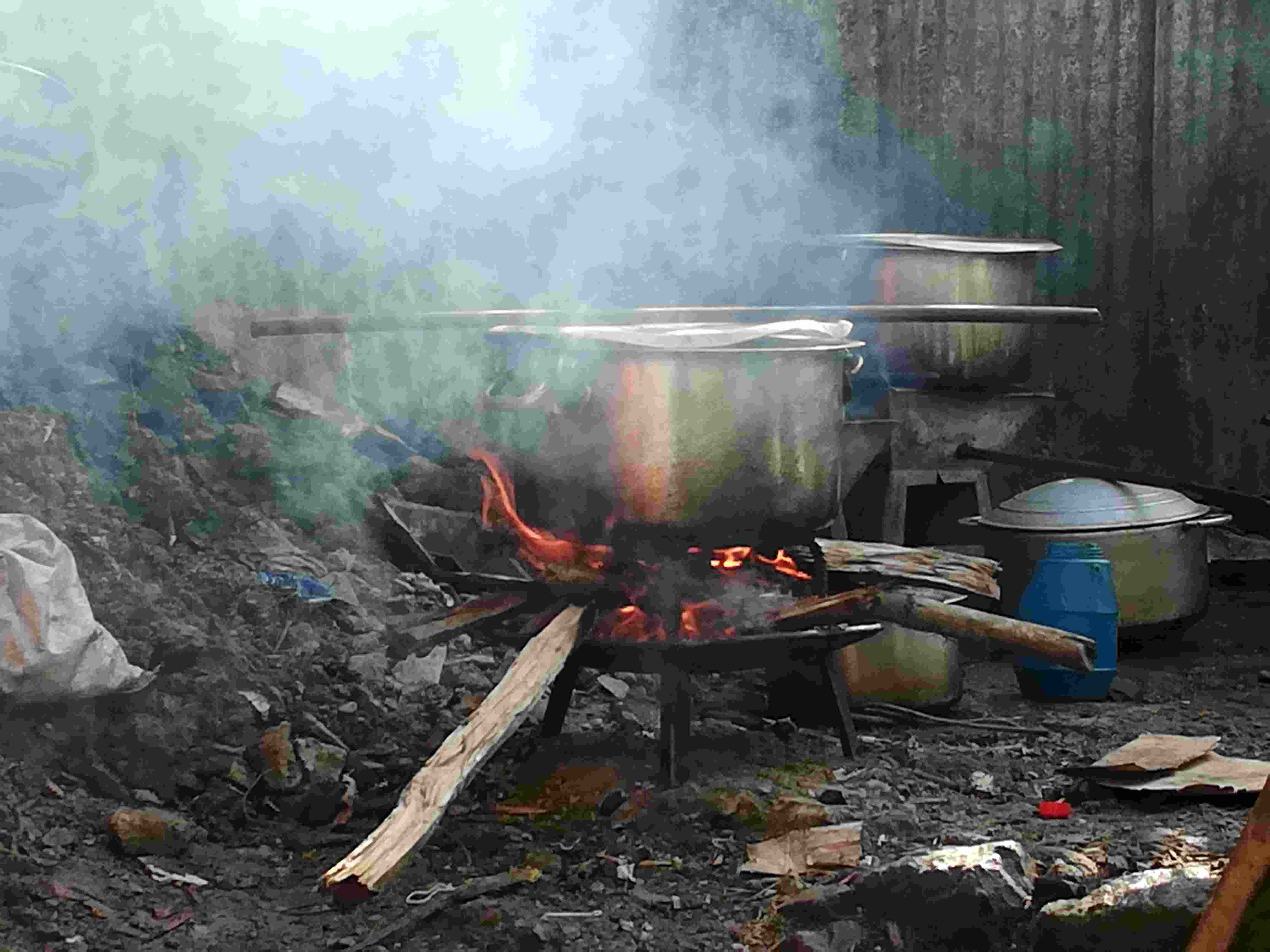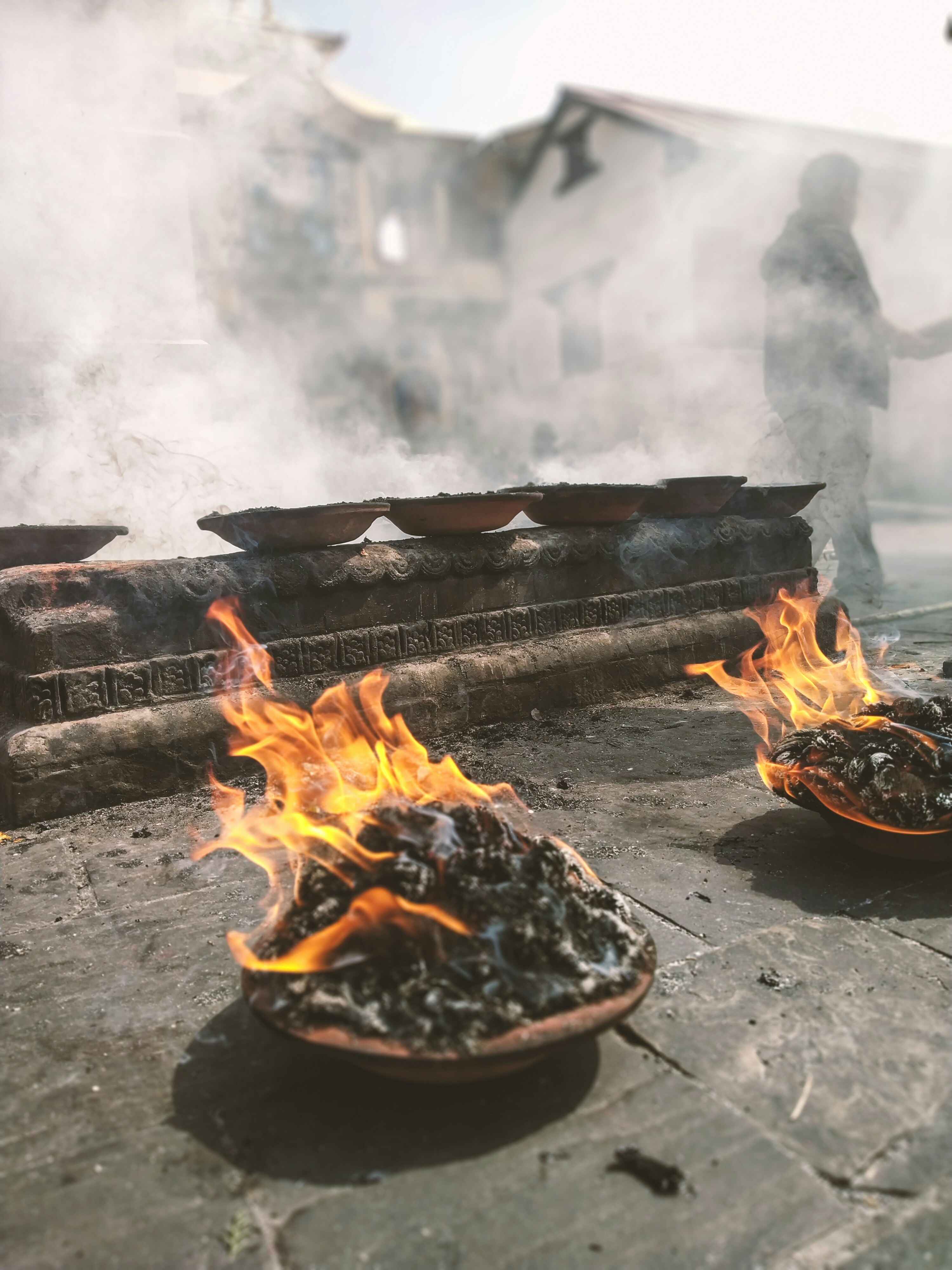Share this Article
Introduction
Nepal is a land of diverse cultures, traditions, and music. Among the many ethnic groups that have enriched Nepal’s cultural heritage, the Newars stand out for their unique customs, architecture, and especially their music. One of the most iconic elements of Newar musical tradition is Dhimey Baja, a double-sided drum whose deep, resonant beats have been an inseparable part of Newar festivals, ceremonies, and communal gatherings for centuries. More than just an instrument, Dhimey Baja represents the identity, history, and spirit of the Newar people.
The Dhimey drum is not merely a musical tool but a carrier of stories passed down through generations. Its beats dictate the rhythm of Newar life, serving both celebratory and spiritual purposes, while globalization and modernization have introduced new music forms, Dhimey remains a cherished symbol of cultural continuity. Ethnomusicologists and historians have studied its significance, noting that similar drum traditions exist in other South Asian cultures but with distinct Newar characteristics that make Dhimey unique.
History and Origin of Dhimey Baja
Dhimey Baja traces its origins back to ancient times, deeply embedded in Newar civilization. Historical references suggest that musical traditions in Nepal date back to the Licchavi period (4th-9th century AD), with evidence of drum instruments playing a role in religious and cultural practices some scholars believe that the Newar community's association with percussive instruments can be linked to early Hindu and Buddhist rituals, where drumming was used to invoke divine blessings (Gellner, 1992).
The evolution of Dhimey Baja is closely connected to the social structure of Newar society. Historically, certain castes were assigned roles in music and performance, ensuring that Dhimey traditions were preserved through generations, some historical records from the Malla period (12th-18th century AD) describe Dhimey performances at royal courts and temple ceremonies, emphasizing its prestige and sacred nature. The rhythmic compositions of Dhimey are also mentioned in ancient Newar manuscripts, indicating that specific beats were composed for different occasions, from war-time marches to festive celebrations).
Over time, its rhythmic patterns became an essential part of Newar festivities, blending music with spiritual and social life. Today, it remains a symbol of pride and unity among Newars, used in major processions, jatras, and rituals, while modern instruments have gained popularity, Dhimey’s distinct, deep resonance still holds a special place in Newar communities, from the bustling streets of Kathmandu to the ancient squares of Bhaktapur.
Construction and Design
The craftsmanship of Dhimey Baja is an art in itself. Traditionally, the drum is made from hollowed-out wood, often from the khaash (wood apple) or saaj (teak) tree, ensuring durability and rich sound quality. The process of making a Dhimey drum requires expert skill, often passed down through generations of artisans.
These artisans, known as "Nepa Luthiers," follow traditional techniques that ensure the drum produces its iconic deep, resonant sound. The wood is carefully selected and shaped to provide the perfect acoustics, often taking weeks to craft a single drum.
The two drumheads, known as “mukha”, are crafted from stretched animal hide, typically buffalo or goat skin, to produce different tonal qualities—one side gives a deeper bass sound while the other produces sharper tones. The hide is treated with natural oils and herbs to enhance its durability and tonal richness. The drumheads are secured using a system of leather straps or bamboo rings, allowing for tension adjustments that affect the pitch and tone of the beats.
Dhimey drums are often painted or adorned with traditional symbols and motifs that reflect Newar heritage. Some feature inscriptions in Nepal Bhasa, invoking protection from deities and ensuring that the instrument maintains its spiritual significance. Additionally, the drum is often decorated with sindoor (vermillion powder), flowers, and sacred symbols during rituals, signifying its spiritual importance. According to some accounts, the decorations also serve a functional purpose, helping performers connect emotionally with their instrument before performances.
Role in Newar Festivals and Rituals
Dhime Baja is an indispensable part of Newar festivities and religious ceremonies. Its beats dictate the energy of processions and bring life to celebrations. Some of the most notable occasions where Dhimey is played include:
1. Indra Jatra – The grand festival of Kathmandu, where the Dhime Baja leads the parade, syncing with masked dances and chariot processions.
2. Gai Jatra – A festival honoring deceased loved ones, where groups of musicians play Dhimey while leading processions through the city streets.
3. Mha Puja – The Newar New Year, where Dhimey rhythms accompany the self-worship ritual of the community.
4. Bisket Jatra – In Bhaktapur and other towns, Dhimey drummers create an electrifying atmosphere during the pulling of massive chariots.
5. Weddings and Special Ceremonies – Dhime Baja is played in joyous occasions such as marriages, adding a cultural and traditional flavor to the celebrations.
Beyond festivities, Dhimey is also used in funeral processions, signifying the transition of the soul. The beats, in these cases, take on a slower, more solemn rhythm, displaying the instrument’s adaptability in expressing emotions from joy to mourning.
Performance and Playing Techniques
Playing Dhimey Baja requires skill, practice, and a deep understanding of rhythm. Traditionally, Dhimey drummers, known as “Dhimey Gana”, inherit their skills through generations, learning from elders within their community. The techniques involve:
- Basic Beats: Simple, consistent beats forming the foundation of Dhimey music.
- Complex Patterns: Fast-paced, intricate rhythms that require synchronization among multiple drummers.
- Call and Response: A unique style where one drummer plays a sequence and others respond with a variation.
- Improvisation: Experienced players often add spontaneous variations, making each performance unique.
Conclusion
Dhimey Baja is more than just a musical instrument; it is the heartbeat of Newar culture from grand jatras to personal celebrations, from joyful dances to solemn farewells; its beats carry the emotions, history, and traditions of the Newar people, while modernization has introduced new musical trends, Dhimey remains a vital link to Nepal’s rich past, uniting generations through its rhythmic legacy. Preserving and celebrating Dhimey Baja is not just about keeping a tradition alive; it is about honoring an identity that has thrived for centuries. As long as the drum beats continue to echo in the streets of Nepal, the spirit of the Newar community will remain strong, vibrant, and unbroken.
Categories:
Culture & Traditions
Tags:
Dhimeybaja
,
Hiddenheritage
,
Preserveculture
,
Soundofnepal
,
Explorenepal








